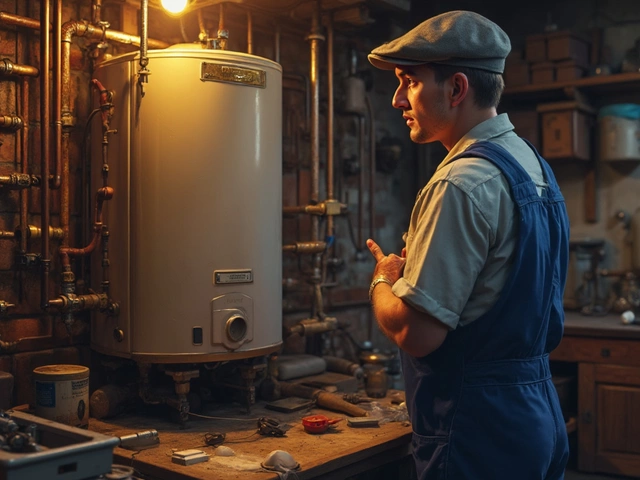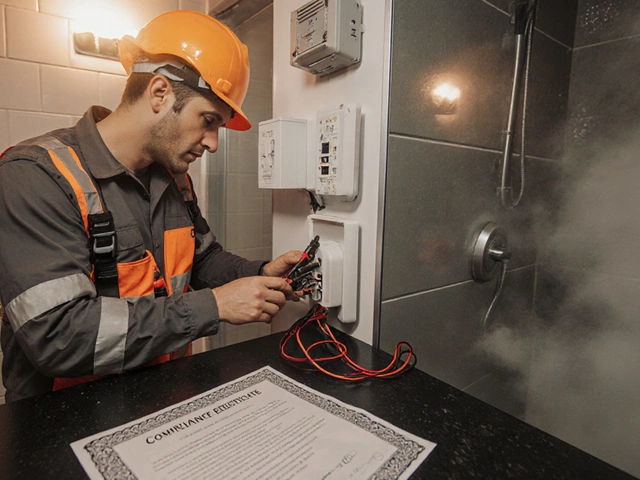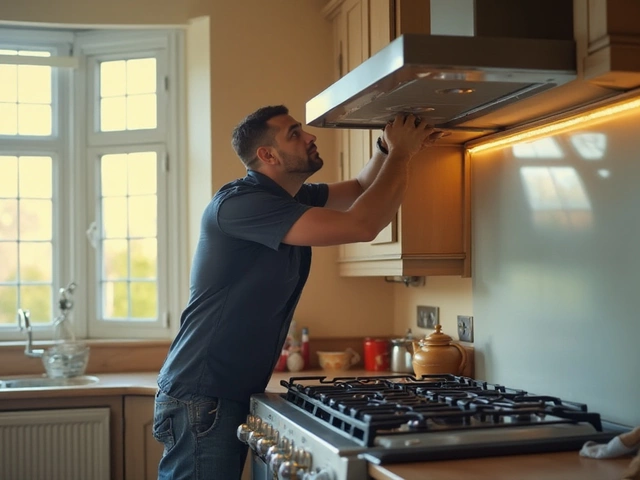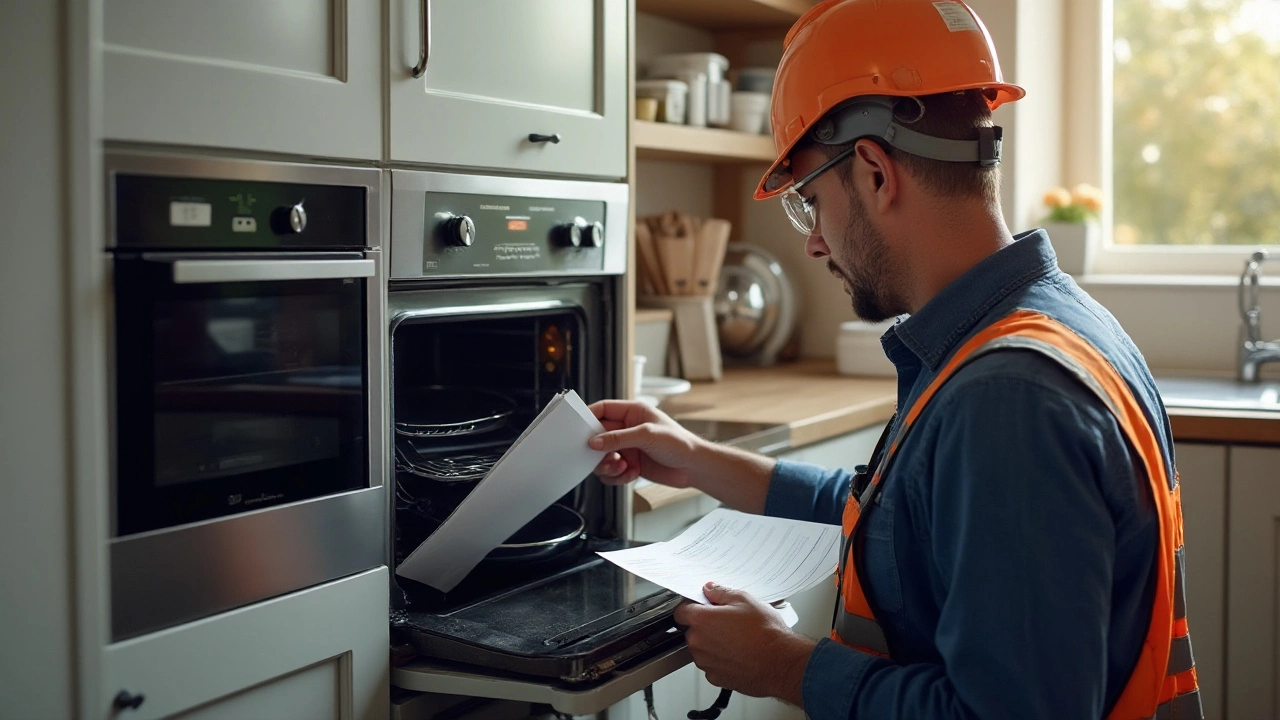Home Appliance Setup: Essential Tips to Get Your Appliances Running Smoothly
Got a new fridge, oven, or washer and not sure where to start? Setting up appliances the right way saves you money, time, and headaches. Below are the basics you need to know before you plug anything in, plus routine checks that keep everything humming.
Safe Installation Basics
First thing – read the manual. It sounds boring, but manufacturers put the most important safety info right there. Look for any special wiring requirements, clearance zones, and required connections.
Next, choose the right spot. Appliances need enough room to breathe. A fridge should have a couple of inches of space behind it for airflow. An oven or hob needs a level, sturdy surface that can handle the weight.
Electrical work is a common stumbling block. If the appliance needs a dedicated circuit or a three‑pole plug, don’t guess. In Rugby, local regulations often require a qualified electrician for any hard‑wired appliance. It’s worth the call – you avoid blown fuses, fire risks, and future repair bills.
Water connections are another snag. Use a proper, leak‑proof hose for washing machines and dishwashers. Make sure the hose is tightened with a wrench, not just a hand twist. Check the inlet filter for debris before you attach anything.
Finally, test the power before you load clothes or food. Turn the appliance on, let it run for a few minutes, and listen for odd noises. If anything feels off, shut it down and call a professional. Early detection prevents bigger problems later.
Routine Checks & Maintenance
Once everything’s up and running, a quick weekly glance can catch issues early. For refrigerators, wipe the door seals with a damp cloth – sticky seals cause energy waste and food spoilage.
Ovens and hobs benefit from a simple clean after each use. Burnt food can damage heating elements over time. A soft scrub with a non‑abrasive cleaner keeps the surface intact and the heat even.
Washing machines deserve a monthly cycle without clothes. Run a hot wash with a cup of vinegar to clear soap scum and keep the drum fresh. Also, check the drum hoses for bulges or cracks; replace them before they burst.
Dishwashers should have their filters cleared once a month. Food particles stuck in the filter reduce cleaning power and create bad smells.
For any appliance, keep an eye on the noise level. A sudden whine, buzz, or rattling often means a loose part or a bearing wearing out. Catching it early lets you schedule a repair before the whole unit quits.
When it comes to professional help, don’t wait until the appliance stops working completely. A small service call can extend the life of a fridge by a year or more. Our Rugby team offers same‑day visits, so you won’t be stuck without cold drinks or hot water.
Bottom line: a bit of prep and regular checks keep your home running smooth. Follow the manual, use the right tools, and call a qualified pro for any electrical or plumbing work. With these steps, you’ll enjoy reliable appliances and fewer surprise repairs.






